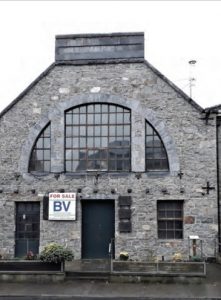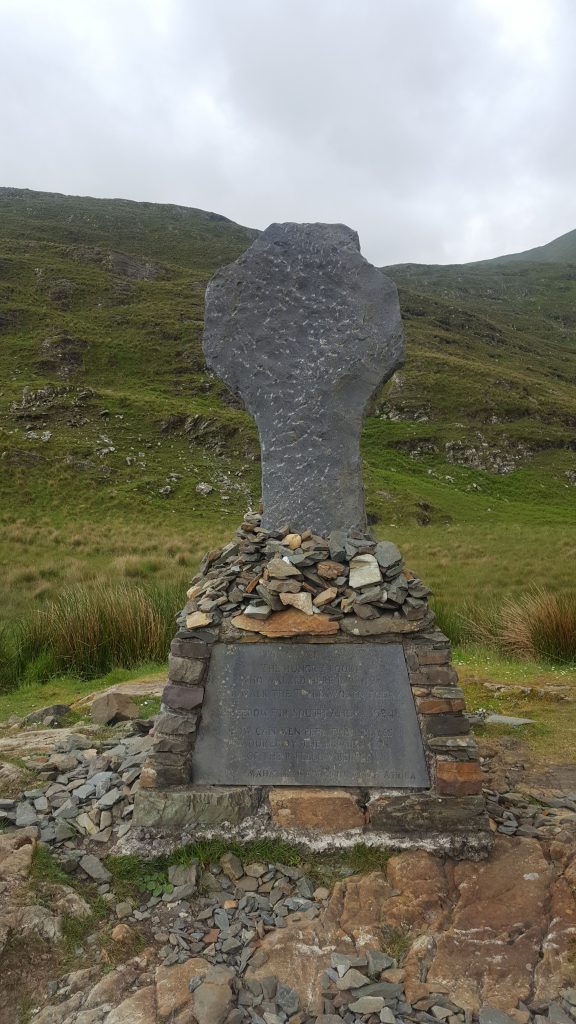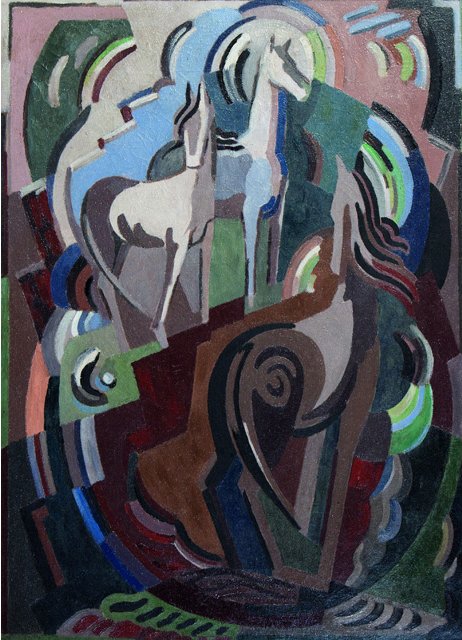by Hilary Kiely
The first time I came to Ireland, we drove through Moycullen village in County Galway on the way up from Shannon Airport out to Ross Cahill. There is one building in particular that made an impression on me on that first drive through. A fine stone building on the main road, empty at the time. I asked about it but I admit the answer I got at the time didn’t stay with me. In the years since, I’ve learned that this lovely stone building is not of great age and nor was it in use for long for its original purpose. Still, it manages to pack quite a bit of history.
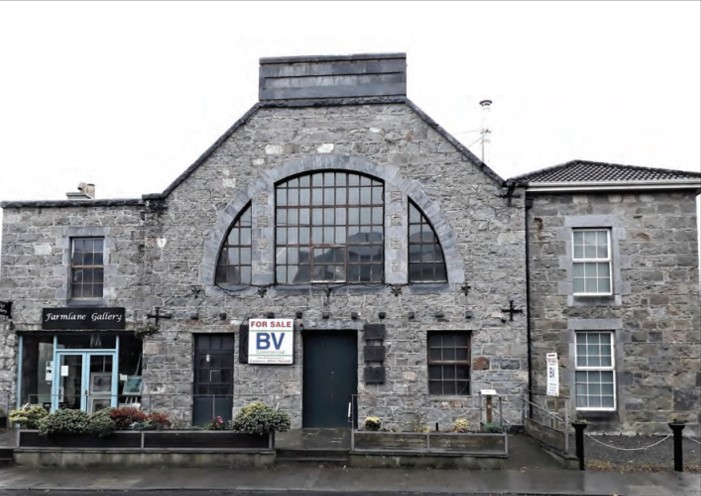
Moycullen Co-Operative Society
Its story began not as a building but as a community. The Moycullen Co-operative Society was established in 1914. Operating at first out of wooden huts, the Society’s operations moved into the stone edifice on its completion in 1920. The building was modelled, it was said, on an Italian basilica, constructed around a central hall. The hall ran the whole length of the building and was flanked on both sides by shops organised into four departments on each side. There was to be groceries and foodstuffs, knitted goods, furniture, and more. The second floor had space for a library and reading room. There were living quarters for staff upstairs as well. The plan was the building would also play host to lectures, magic lantern cinema shows, dances, and concerts.
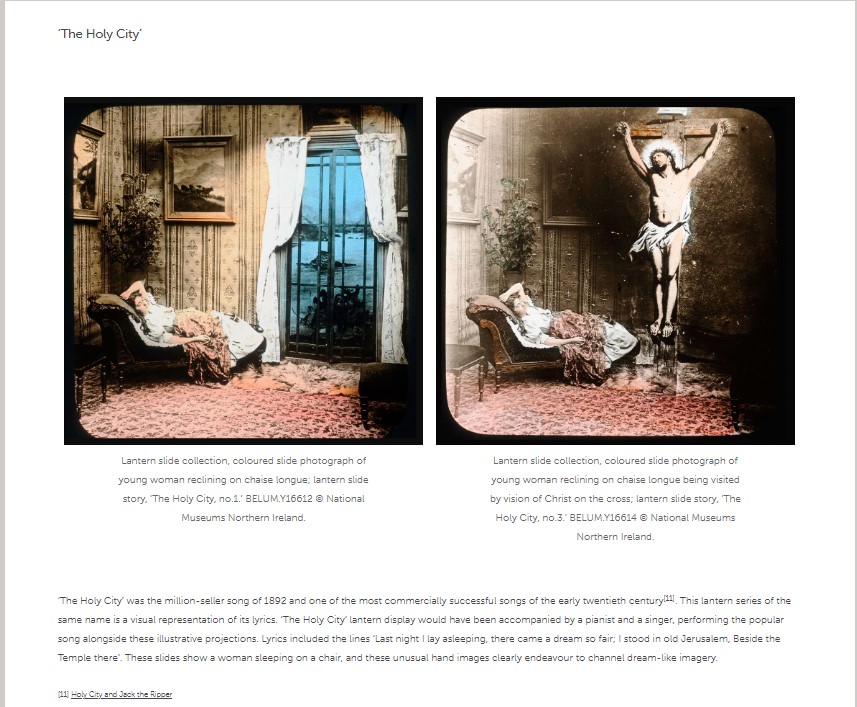
From its founding, it grew by leaps and bounds. Nearly a thousand people came to the opening of the building according to the Connacht Tribune. Many folk in the parishes of Moycullen and Killannin were participating, either through providing goods or by purchasing shares. The turn-over of goods at the cooperative had gone from £3000 in 1914 to £35000 in 1920. An advertising campaign, which ran in newspapers across the county throughout 1921, encouraged people to by Irish goods to help prevent the emigration of young people for work. The knitted goods of the Moycullen Cooperative Society were featured on this list as the label to look for in jumpers, jerseys, sports coats, and hose.
Cooperative Societies and Butter
The cooperative movement was not limited to Moycullen. Butter, long a culturally important element of Irish society (evidenced not only by its the Brehon laws and early literature but by modern discoveries of barrels of 3000-year-old butter buried in bogs), had also become a driver of the Irish economy. However, in the early part of the 20th century, two new factors threatened the income of the dairy farmer.
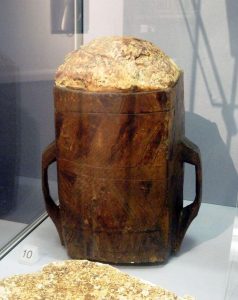
The co-operative movement in England was built around the consumer and getting them the lowest prices. This ended up contributing to the driving down of prices for the Irish producers of butter. The second factor was the development of new cream separating machinery in Denmark which led to both a lighter and more lightly salted butter but also less labour intensive. Irish farms were not thus equipped and were coming under pressure. Sir Horace Plunkett (a relation to Proclamation signatory Joseph Mary Plunkett), in Parliament a Unionist MP and later an advocate of Home Rule, drove the early cooperative movement, eventually founding the Irish Agricultural Organisation Society in 1894, when it had upwards of 240 affiliated cooperative member societies.
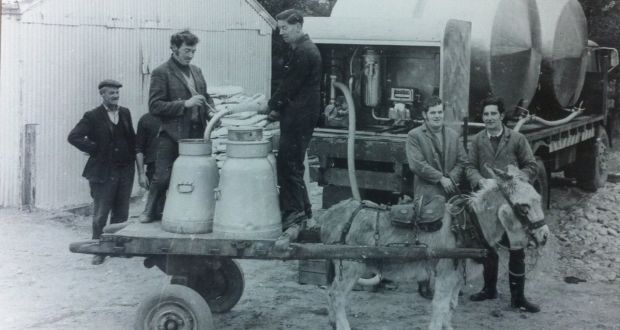
The establishment of the first co-operative creamery at Drumcollogher in 1889 had been a game changer, bringing together dairy producers and giving them a bigger say in their prices and where they would sell. It also allowed pooling of such resources as machinery. The movement spread from dairy to other areas of agriculture and production.
Black and Tans Raid
Being a cooperative movement, of course, means bringing people together and this made them a target, especially during the War of Independence. In 1921, many cooperatives drew the attention of the army and Auxiliaries. The Black and Tans burned down dairies and cooperative stores around the country. Although the Moycullen Co-op was intended to be apolitical, it still came into the crosshairs. A night raid by the Black and Tans in July left the three male shop staff who lived in the upstairs quarters stripped and whipped in the street. The shop manager, Lawrence Tallon, was shot in the head. He got his arm up in time to keep the full force of the bullet from his skull. He survived but was left without the hearing of the afflicted ear. The female members of the staff were lucky to escape physical harm by lying on the floor while the windows were shot out.

Auction of goods
By 1922, the society was wound up. In April of that year, the full inventory was sold off, including tools of making, inventory, furniture, and the Ford Touring car. The staff had suffered through an armed robbery earlier that year, in January, but it seems the July attack was the event that put paid to the people’s confidence to carry the enterprise forward.
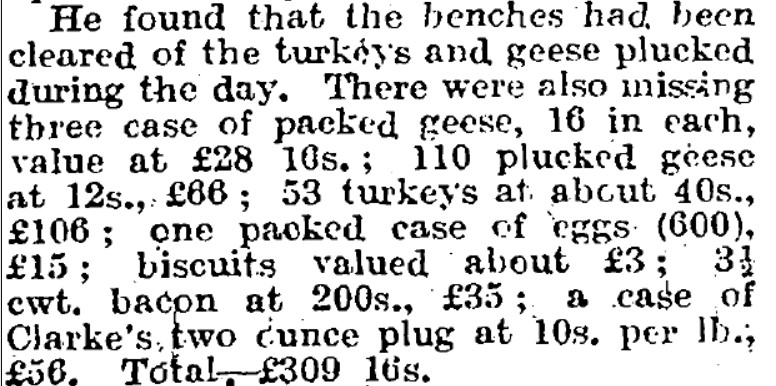
Since then, the building has been, a knitting factory, a carpet factory* (both of these, like the co-op, offering employment to women outside of the home in the first half of the 20th century when it was still an unusual thing to find), a gallery, a restaurant, a pub — but at 100 years since the short-lived enterprise for which it was built it has not assumed a new permanent identity. Hopefully, it will find itself again a focal point for the vibrancy and optimism it once represented.
Did your family contribute to a cooperative society?
For more information about Ireland’s Cooperative movement, try Patrick Doyle Civilising Rural Ireland: The Co-operative Movement, Development, and the Nation-State, 1889-1939 (Manchester University Press, 2019)
For more about the history of butter in Ireland, why not visit The Butter Museum in Cork?
For more about Moycullen village, visit Moycullen! Or check out: A Moycullen Miscellany: History, Architecture and the Archaeology of the N59 Moycullen Bypass, by Jerry O’Sullivan, Shane Delaney, Carlos Chique and Karen Molloy in conjunction with Moycullen Heritage
*Thanks to Antoinette Lydon at Oughterard Heritage (https://www.oughterardheritage.org/)
